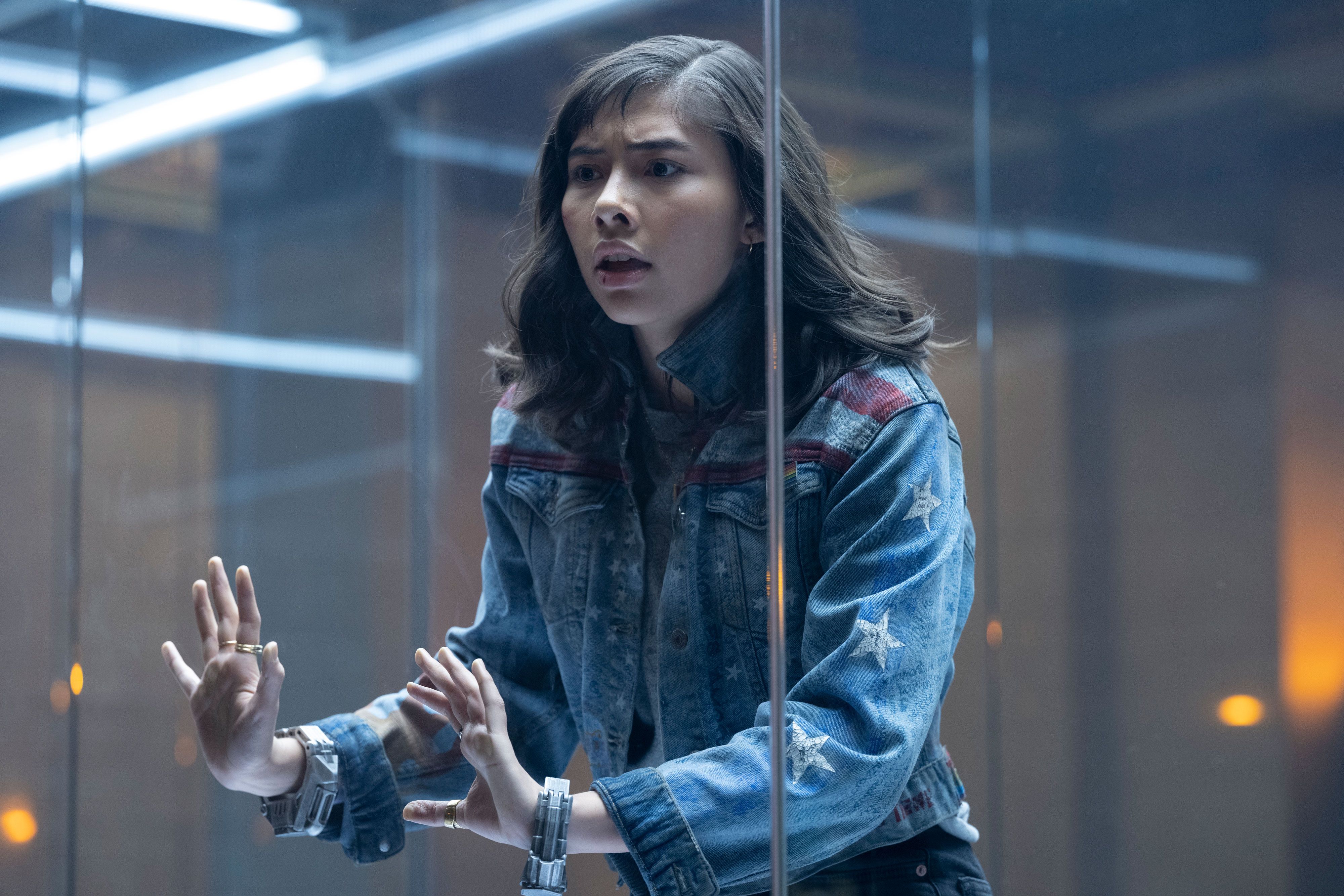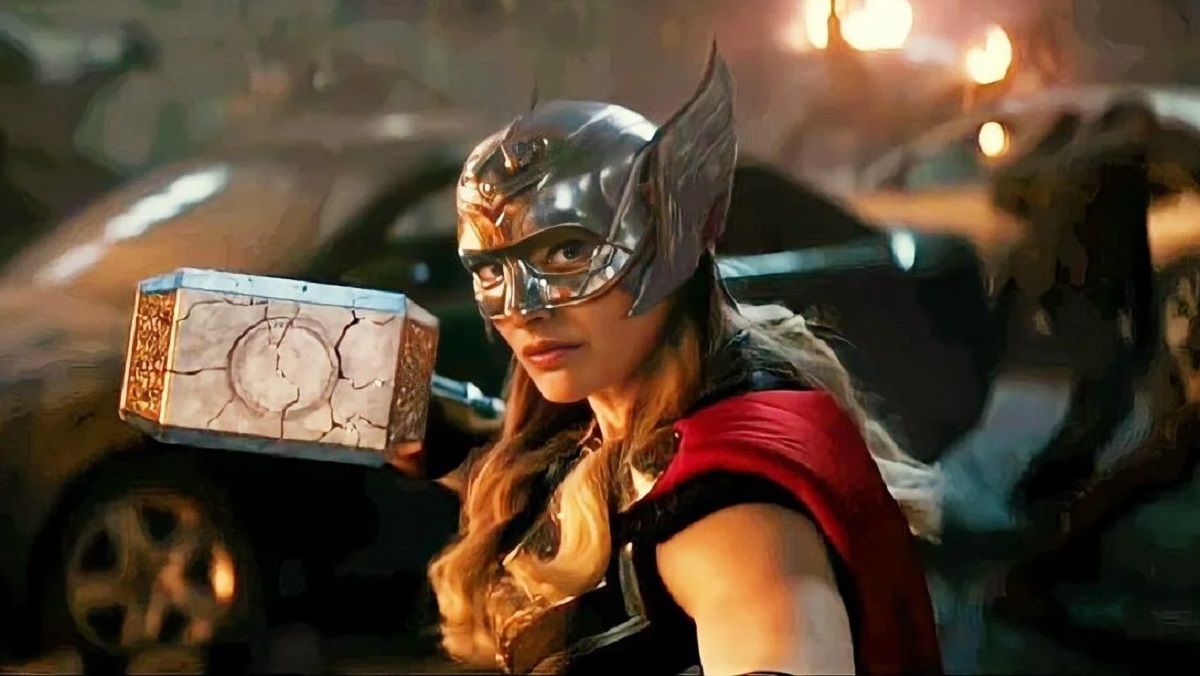From Black Widow to Black Panther: Wakanda Forever, MCU's Phase 4 put more women in the spotlight than ever. Whether they were heroes, villains, or fourth-wall-breaking lawyers, these leading ladies brought the MCU's male-dominated chapter to a close. However, the addition of more women doesn't inherently make the MCU feminist. The real question is, were these characters represented well?
The short answer? Sometimes. While some felt grounded in realistic gendered experiences, others felt like one-dimensional plot devices. To examine what works, what doesn't, and why, this article will break down key moments from various phase four installments.
The Good
Phase Four kicks off with Black Widow, which, paradoxically, showcases the best version of Natasha Romanoff (Scarlett Johansson) while also failing her character entirely. But let's focus for now on the well-executed aspects of the film — namely, Yelena Belova (Florence Pugh) and Antonia Dreykov (Olga Kurylenko), better known as Taskmaster. However, it's worth noting that this film came too little too late because in-universe, Natasha is already dead, which means this version of her can't be expanded on. That being said, if viewers are able to divorce Black Widow from the real-world timeline surrounding it, there are plenty of important themes and characters to be found, which lands it in the good section of this article.
Yelena quickly became a fan favorite, and for good reason. Yelena is a deeply compelling character because viewers can see the part of her that remained the person Natasha once knew despite all the trauma she's endured. Natasha repressed her emotions to cope, but Yelena demonstrates that emotions can be a source of strength. While Natasha removed herself from any memories associated with General Dreykov (Ray Winstone) and the Black Widow program, Yelena's empathy prevents her from letting the Red Room go. She wants to rescue the other women Dreykov exploited and put an end to his predatory operation for good.
Dreykov's own daughter is similarly exploited. After being nearly killed by Natasha in an attempt to assassinate her father, Antonia undergoes a procedure that saves her life and allows her to mimic any combatant's fighting style. Viewers later learn that she was implanted with a chip that allows her father to control her mind and body. He forces her to attempt to retrieve the red dust that can free her and the Black Widows from his abuse.
There are several feminist interpretations of what Dreykov and the Red Room are an allegory for; grooming, sex trafficking, and sexism in the workplace, to name a few. Regardless of which interpretation resonates most with an individual viewer, it's clear that Black Widow was a promising first step toward including more nuanced female characters and woman-centric storylines in the MCU. Although Natasha is gone, the Black Widow story can continue through Yelena.
Following in its footsteps, the Disney+ series Ms. Marvel uses a female character from an earlier phase to launch a new hero. Kamala Khan (Iman Vellani) is an Avengers super-fan with a particular affinity for Captain Marvel (Brie Larson). With Captain Marvel being the first woman to get a solo movie in the MCU, Kamala is especially relatable to real-world fans who were looking forward to its release. Kamala's fangirl excitability is visually represented by colorful animations that seem to be drawn by the titular character herself, which showcases a unique style catered to the show's target audience. While teenage girls are of course not a monolith, Kamala proves that young women like her have a place in the Marvel fan base.
Kamala's best friend, Nakia Bahadir (Yasmeen Fletcher), shows that women can find belonging anywhere they feel connected to. She gives her perspective on the intersection of her gender and religion when she explains to Kamala that she doesn't view her hijab as oppressive because it reminds her she's part of something bigger than herself. This sentiment foreshadows Kamala's legacy as a Marvel and her family's legacy. Nakia's perspectives on social justice fit organically within Kamala's origin story, helping her navigate her collective and individual identities.
She-Hulk follows similar themes adjusted for an older audience. Jennifer Walters (Tatiana Maslany) is also adjusting to super-powered life while trying to maintain her career as a lawyer. She-Hulk uses comedy and fourth wall breaks to overtly comment on sexism, particularly within traditionally male-dominated spaces like law firms and superhero media itself. In fact, in some episodes, the show lifted real comments from social media when She-Hulk was announced to showcase why Jen's gender affects her character and the plot. The MCU taking aim at the toxic members of their fan base showed that some creative forces at Marvel are aware of how their audience will respond to uncharted territory, which also seems to be the case with the franchise's latest release.
Closing out Phase Four, Black Panther: Wakanda Forever puts the women of Wakanda front and center. Granted, this wasn't originally the direction planned for the sequel until the untimely death of Chadwick Boseman, but it did allow characters who were previously in supporting roles to shine. With T'Challa now in the ancestral plane, viewers get to see Queen Ramonda's (Angela Bassett) reign and more of Okoye (Danai Gurira) and her band of warrior women.
In Wakanda, powerful women are normalized. Nobody raises questions about Ramonda's ability to rule or Okoye's combat prowess. Nakia (Lupita Nyong'o) is trusted to be an informant in Haiti without being challenged either. Although viewers have seen little of Wakanda's history throughout the films, it doesn't appear to be a patriarchal nation, which means Wakandan women don't have to face the gendered issues many other women in the MCU do. Unfortunately, gendered issues aren't always handled well, which brings us to...
The Bad
The MCU has never quite figured out how to portray Wanda Maximoff (Elizabeth Olsen), which has resulted in years of build-up for an extremely unsatisfying arc. Part of the issue was that director Sam Raimi didn't watch WandaVision in its entirety due to scheduling conflicts. However, that doesn't excuse the sexist tropes used to turn the Scarlet Witch into a nonsensical horror movie villain who would ultimately be defeated by America "MacGuffin" Chavez (Xochitl Gomez) — another super-powered woman whose characterization was thrown out of the window in Doctor Strange: Multiverse of Madness for the benefit of the titular protagonist.
In Doctor Strange: Multiverse of Madness, Wanda goes on a murder spree to capture America Chavez, who can create portals to alternate universes. Possessed by the Darkhold — to a degree that is kept vague and confusing, like most of the film's logistics — Wanda wants to kill America to take her power and live in a universe where her sons are alive. Just the twins though. Apparently, the love of her life isn't worth mentioning.
While there are plenty of theories about how exactly the Darkhold influences her confusing and contradictory decisions, the fact of the matter is that the filmmakers didn't really care about how the book worked or what slapping a new coat of paint on her Westview arc meant for her character because the film isn't about Wanda. Yet, Wanda was a major part of marketing because she is a wildly popular character, so they kept her part in the trailers vague and came up with a justification that kind of makes sense if you don't think about it too hard.
So, despite the remorse she displayed in WandaVision, Wanda is now willing to even greater extremes for a worse outcome. If any other character were to backslide this far, regardless of dark magic, viewers would be completely baffled. In this case, however, it's considered plausible because mothers have been portrayed as mothers first and their own people second — if they're even lucky enough to be the latter — across entertainment for decades. Wanda's love for her children overriding her morality, critical thinking skills, and all her growth is not only a waste of her potential, but a disservice to her character rooted in pervasive sexist tropes.
America Chavez also suffers massive changes to her character, so her power can be used to further the story. In the comics, America is a confident and brave hero who has several other superpowers in addition to her star-shaped portals. In the film, she's a scared little girl who only serves to make Dr. Strange (Benedict Cumberbatch) experience some much-needed growth and stop Wanda in the world's most predictable way. Without a personality trait to be seen, she might as well be a portal gun.
Thor: Love and Thunder also dropped the ball with a beloved comic character by needlessly rehashing a character arc. Jane Foster (Natalie Portman) returned to the MCU to make Thor get insecure about Mjolnir rejecting him again before dying to give Thor yet another reason to be sad.
Jane's characterization is bland at best. Although viewers see some flashbacks between her and Thor, it's not enough to make a strong case for why they were together then or why they think their relationship would work again now. Neither of them has shown any notable growth. Thor regularly repeats the cycle of deciding his worthiness isn't defined by his weapon, then reverts back to square one by the next movie. The only thing new with Jane is her cancer diagnosis. Viewers never learn what makes her worthy of holding Mjolnir.
It seems like the filmmakers just wanted a romance plot they could easily initiate and then dispose of. If any character growth were to stick, Thor and Jane could've made a good couple. The Thor Jane once dated was overconfident and immature, but had a good heart. If Thor had been humbled and matured by his losses, and the film had explored how Jane's diagnosis made her more adventurous like the version Thor she fell in love with, they would make perfect sense. Unfortunately, Jane remained one-dimensional like many other female love interests in the MCU's history.
All in all, the MCU has some improving to do, but some Phase Four properties give reason to believe they have what it takes to give their female heroes and villains the nuance and thoughtfulness they deserve.

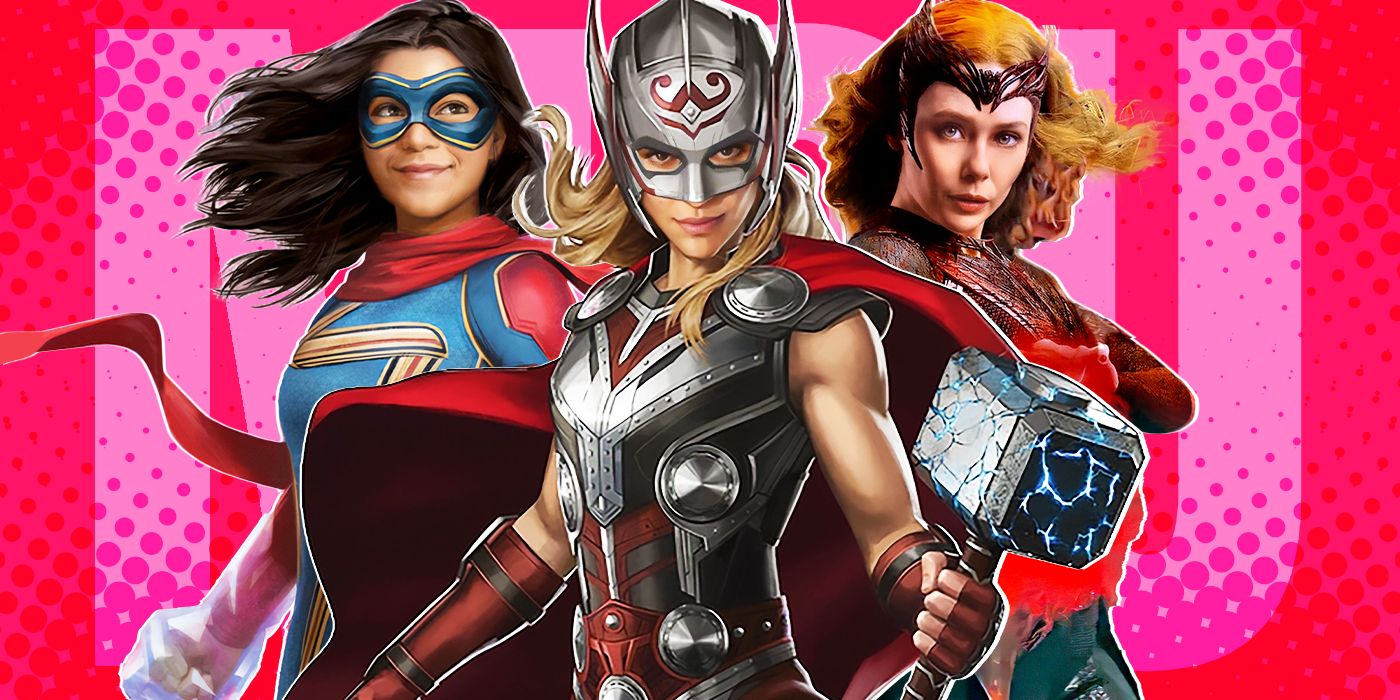
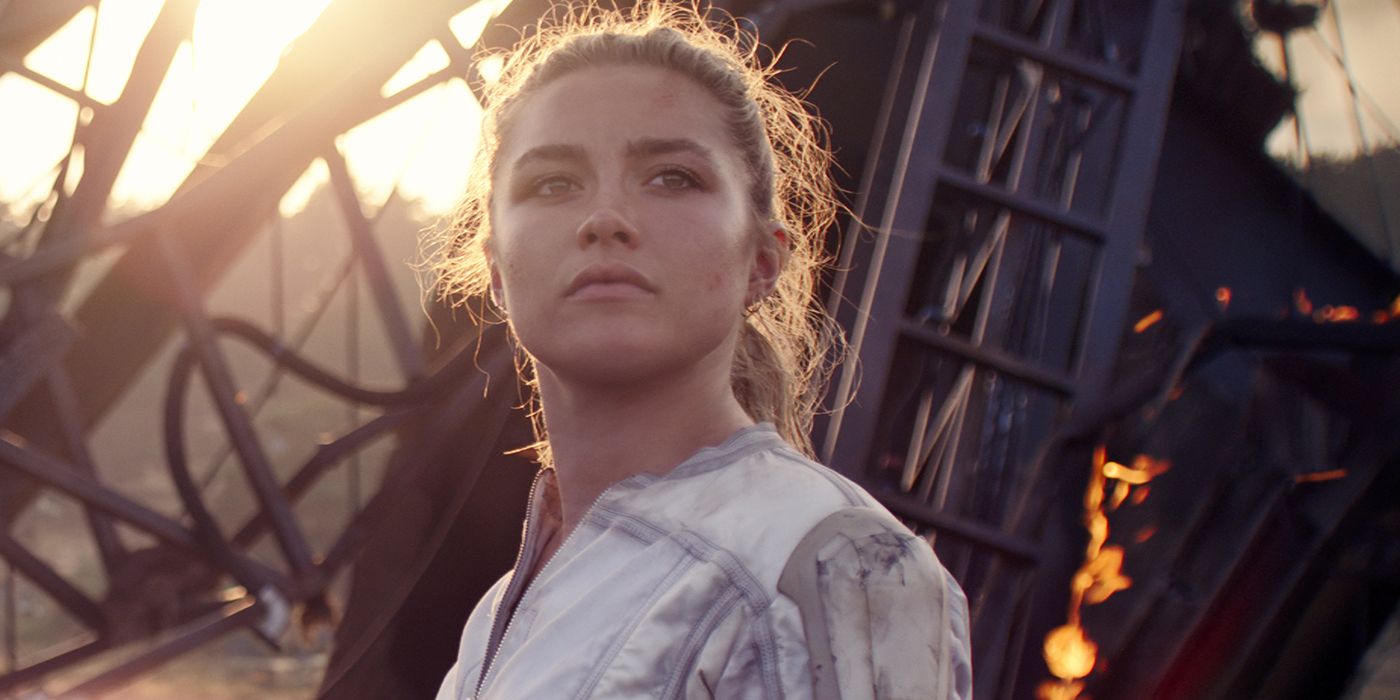
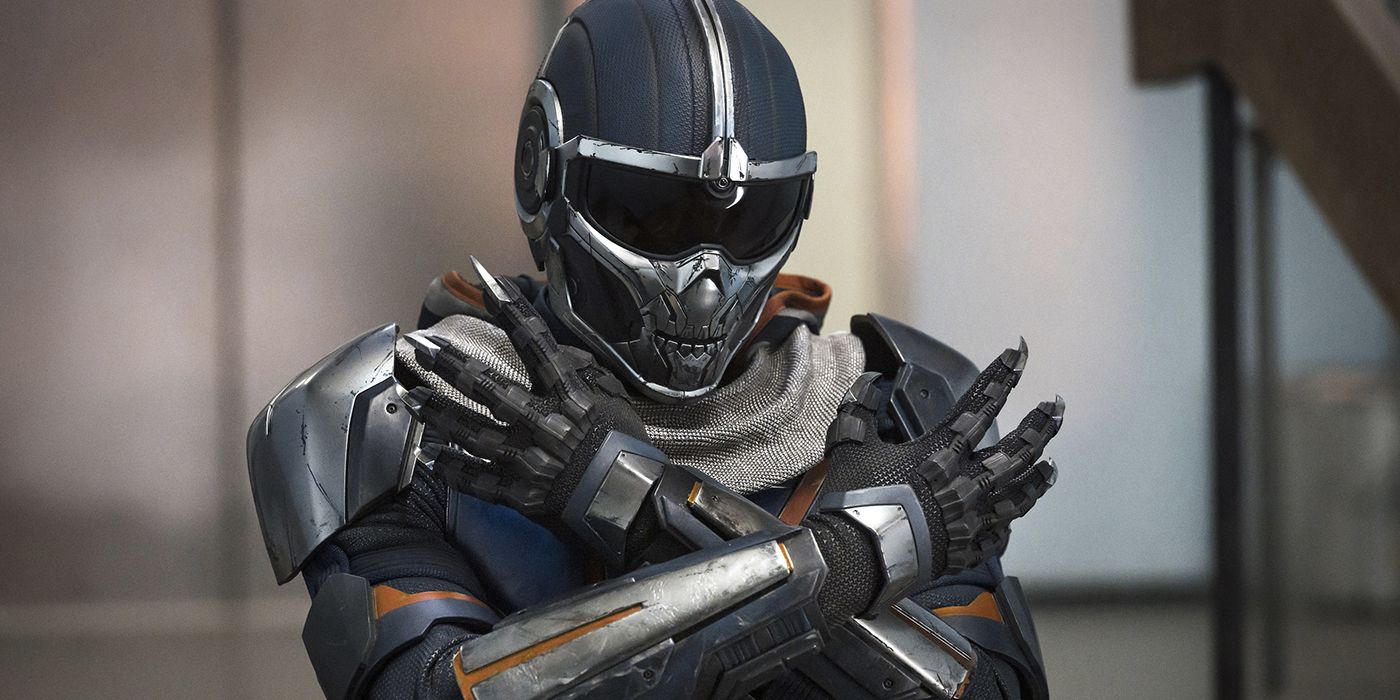
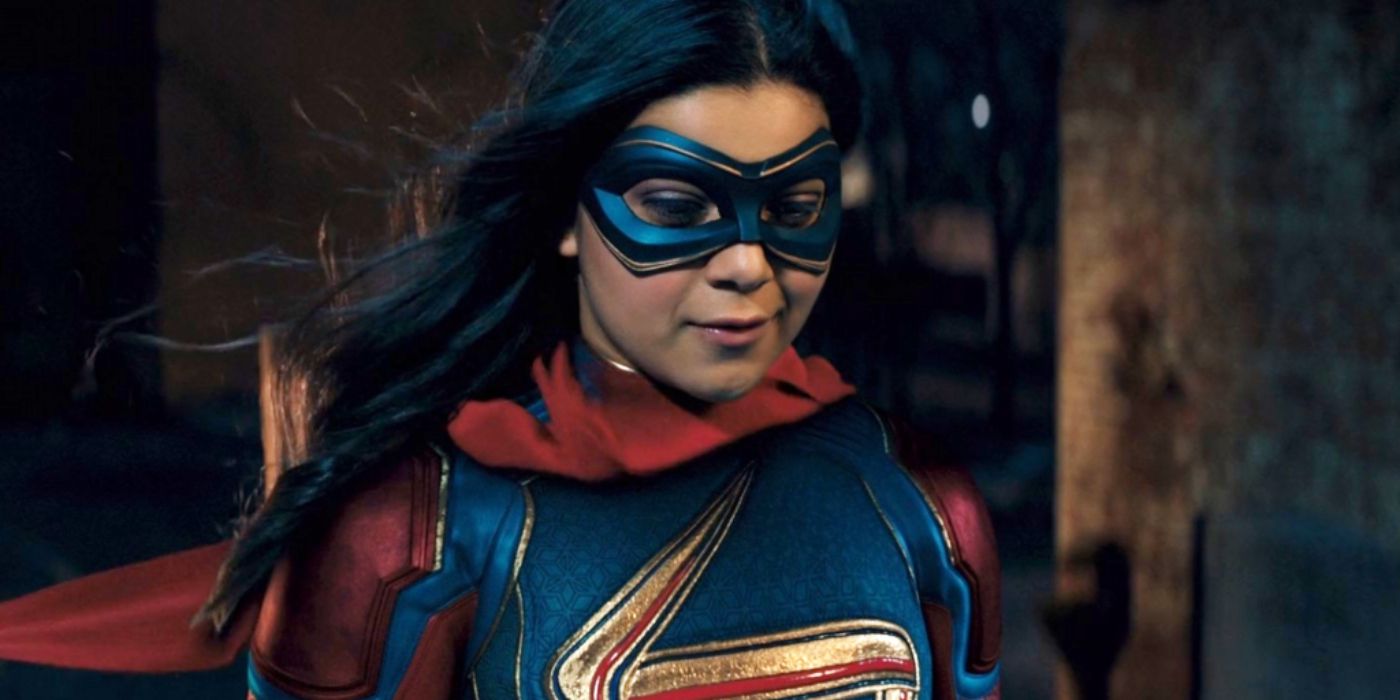
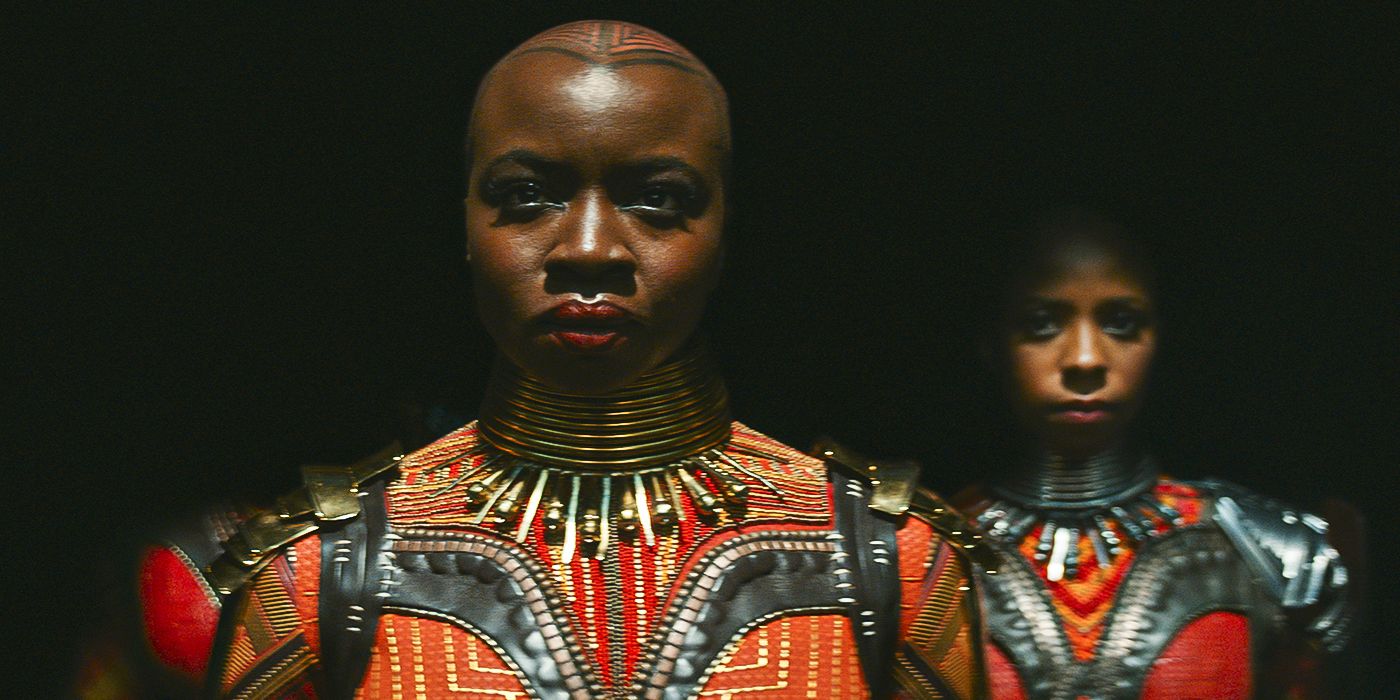
.jpg)
